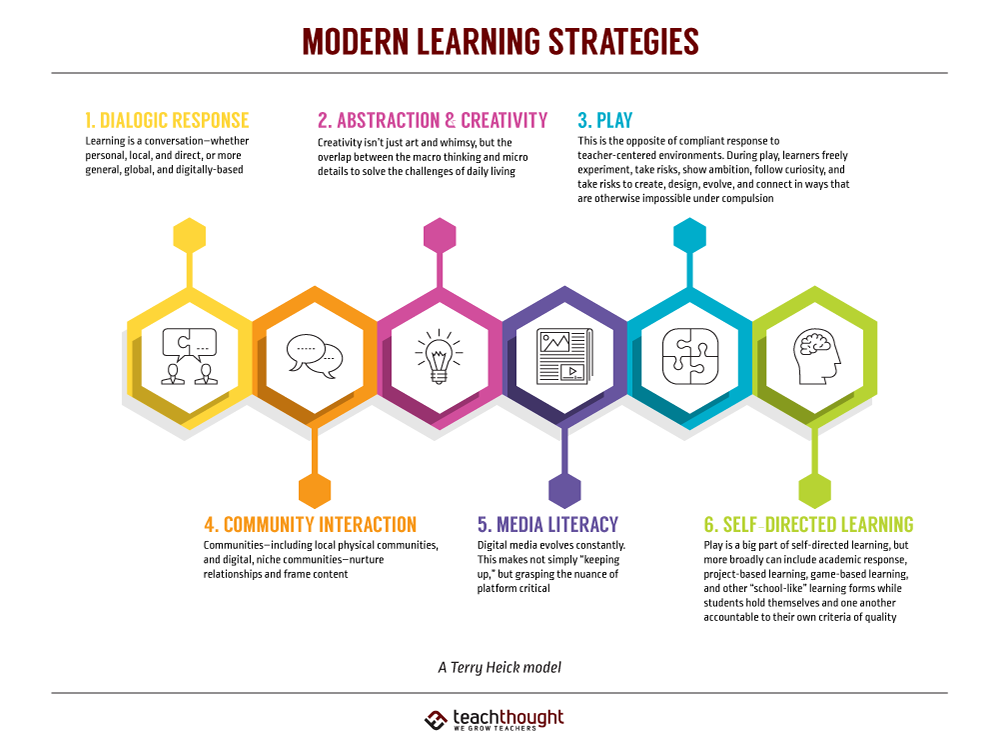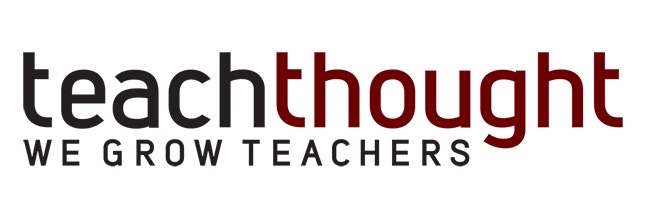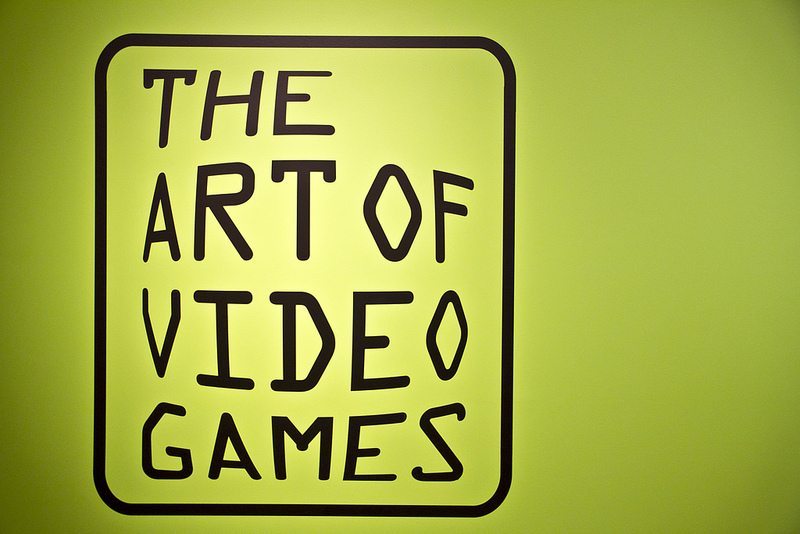
21世纪学习的6个渠道
特里·海克(Terry Heick)
该帖子已从特里·海克(Terry Heick)的2013年帖子中更新和重新发布
老师经常要解决两个大问题:人们如何学习,以及他们如何在不断发展的背景下做得更好?
In pursuit, the theme of ’21st-century learning’ often surfaces, a popular label that, while perhaps cliche, still seems to be necessary as we iterate learning models, fold in digital media resources, then add learning algorithms, privacy concerns, and data analytics to an already chaotic event (i.e., learning).
这产生了我们的9 21世纪学习的特征,我们在2009年创建的一种概述,我们的内而外的学校模特这本来是当前学校设计与可能前进的可能性之间的桥梁。
学习渠道
以上是“ 21世纪学习的9个特征”中的一种“ 2.0”,它围绕着“学习渠道”的想法。
“学习渠道”是指学生最自然地(强大地)来发展技能和理解的独特途径。这些可以是基于技术的,但不一定必须是。虽然频道的想法可以暗示内容(例如,电视或YouTube频道),但这与人们的学习方式无关。
在此模型中,您会注意到六个不同的频道。Obviously, this doesn’t mean that these are the only six channels–or pathways–for learning, but rather these six are emerging or have always existed as powerful players in how learners make meaning: finding, decoding, evaluating, and sharing fluid media and information across a continuum of platforms to solve problems and meet opportunities native to individual learners.
21世纪学习的6个渠道
1.对话响应
学习是一次对话 - 包括个人,本地和直接,或更一般的全球和基于数字的对话。对话学习有什么影响?Stan Frijters,Geert Ten Dam和Gert Rijlaarsdam 2008年的一项研究介绍了一项关于教学价值负载的批判性思维的研究,其中包括297名学生。该数据“表明,与非拨号的对话学习条件相比,在推理的产生流利性和价值取向质量方面,对学生的关键思维能力产生了更积极的影响。”
你可以阅读这里还有更多。
2.社区互动
社区 - 包括当地的物理社区以及数字,利基社区 - 不存在的关系和框架内容。
3.抽象和创造力
创造力不仅是艺术和异想天开,而且是宏观思维和微观细节之间的重叠,以解决日常生活的挑战。抽象也是Teachought的一部分6个理解领域。’
4.媒体素养
Digital media evolves constantly in both form and function, from text, images, hyperlinked documents, and interactive video (the ‘form’ part) to communicating, curating, duplicating, citing, attributing, grouping, and sharing (the ‘function’ part). Understanding the nuance of individual platforms–and how they work together to serve human-focused needs and opportunity–is ‘media literacy.’
5.玩
这是对以教师为中心环境的合规反应的对立面。在游戏中,学习者可以自由实验,表现出野心,遵循好奇心,并承担风险以在强迫下以原本不可能的方式创建,设计,发展和联系。您可以阅读更多有关如何通过游戏创造学习。
6.自我指导的学习
Play is a big part of self-directed learning, but more broadly can include academic response, project-based learning, game-based learning, and other ‘school-like’ learning forms while students hold themselves and one another accountable to their own criteria of quality.


